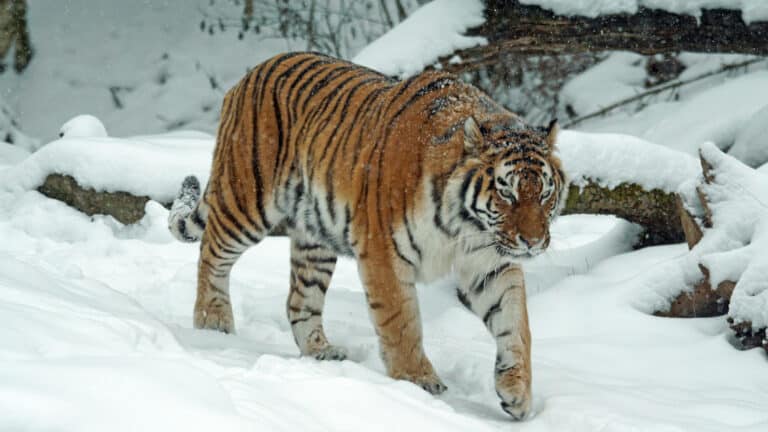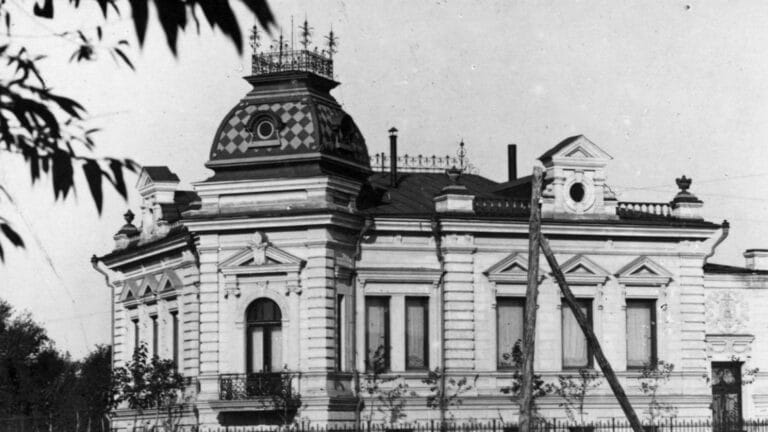
Tucked between Europe and the Far East, Central Asia remains one of the world’s least understood regions, not because it lacks stories, but because it rarely demands to be heard. Spread across the vast territories of Kazakhstan, Kyrgyzstan, Uzbekistan, Tajikistan and Turkmenistan, this part of the world offers a rare blend of natural beauty, deep-rooted tradition, and sincere human connection. It’s a place that doesn’t market itself loudly — it simply invites those willing to listen.
Here’s what makes Central Asia uniquely compelling:
Nature: Where mountains meet the steppe
Central Asia is a landscape of contrasts. In the east, jagged mountain ranges like the Tien Shan and Pamirs pierce the sky, hiding glacier-fed lakes and isolated highland pastures. In the west, deserts roll toward the Caspian Sea, interrupted by oasis towns and ancient fortresses. The great Kazakh steppe offers its own kind of wilderness. This isn’t a place that overwhelms; it reveals itself slowly, with space to breathe and room to think.
History: Layers beneath the dust
The region has seen empires rise and fade — Persian kings, Mongol rulers, Silk Road merchants and Soviet planners have all left their mark. Cities like Samarkand and Bukhara are not just postcard-pretty — they are living archives, where mosaics still shimmer with centuries-old pigment and calligraphy. Yet history here is not always found in monuments; sometimes it’s in a grandmother’s song, a roadside shrine, or a handmade carpet whose pattern carries a forgotten story.

Culture: Hospitality without performance
To be a guest in Central Asia is to be welcomed — deeply, sincerely and without hesitation. Hospitality isn’t staged here; it’s second nature. Tea is poured before you ask. Bread is broken not just to share food, but to build trust. Strangers are addressed with warmth, and foreigners are often drawn into long, curious conversations. It’s a region where people are open to the world but proud of their own. Respect is returned in kind, and politeness is not a formality, but a way of life.
Cuisine: Bold, honest and generous
Central Asian food is hearty, full of character, and steeped in centuries of nomadic and agrarian traditions. Dishes like plov (rice pilaf), lagman (hand-pulled noodles), and manty (steamed dumplings) may vary a bit by region, but are always shared generously. Markets overflow with fresh breads, dried fruits and grilled meats — shashlyk. Meals here are not rushed — they’re events. And while the food is rich in flavor, it’s quite affordable, especially for Western travelers accustomed to different dining standards. Unlike much of the fast food common in the West, local cuisine is simple and organic, though it can be a bit “dangerous,” as it’s easy to overindulge in manty or plov.

People: Curious, proud and kind
What surprises many visitors most isn’t the architecture or the scenery — it’s the people. There’s an openness here that feels rare in today’s world: a willingness to invest time and attention in strangers. Friendships form over tea, over a shared bus ride, or over a misunderstood word that turns into laughter. However, sincerity is expected in return. Central Asians are proud of their heritage, and while they’ll eagerly answer questions, dismissive attitudes or careless comments, especially about their food or traditions, can quickly close doors. What matters more is your tone, your curiosity and your respect. In a world often defined by speed, Central Asia offers something different: a slower rhythm, a deeper welcome, and a chance to connect not just with a place, but with people who still believe that every traveler brings a story and should leave with one, too.













